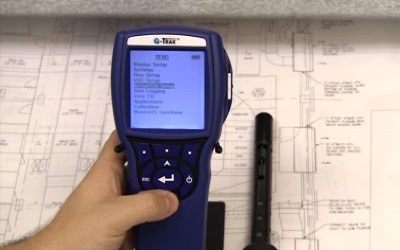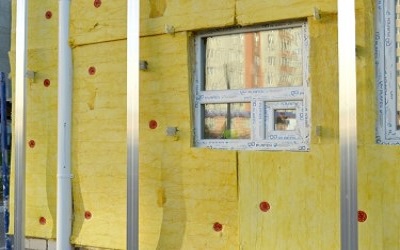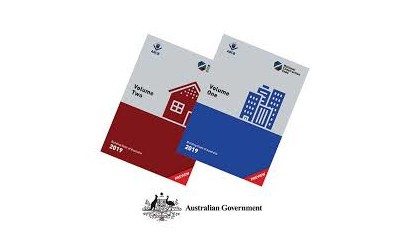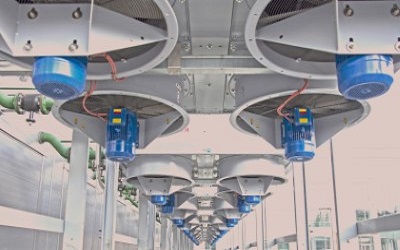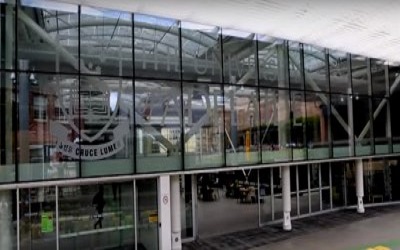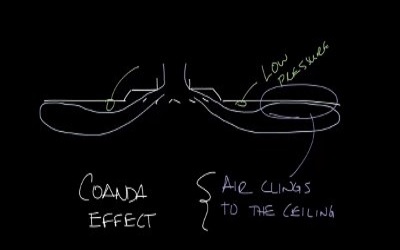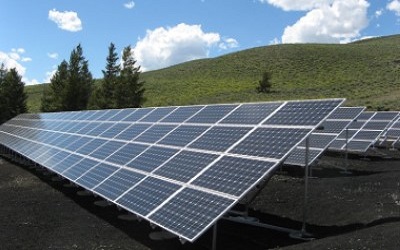Built environment universal design principles
Built environment universal design principles
Principle 1: Equitable Use
Satisfaction – How much does the user like using the system?
Principle 2: Flexibility in Use The efficiency of use – Once an experienced user has learned to use the system, how fast can he or she accomplish tasks?
Principle 3: Simple and Intuitive Use Ease of learning – How fast can a user who has never seen the user interface before learning it sufficiently well to accomplish Basic tasks? Memorability – If a user has used the system before, can he or she remember enough to use it effectively the next time or does the user have to start over again learning everything?
Principle 4: Perceptible Information Effective – The accuracy and completeness with which users can achieve specified goals in particular environments
Principle 5: Tolerance for Error Error frequency and severity – How often do users make errors while using the system, how serious are these errors, and how do users recover from these errors?
Principle 6: Low Physical Effort
Principle 7: Size and Space for Approach and Use
Principle 2: Flexibility in Use The efficiency of use – Once an experienced user has learned to use the system, how fast can he or she accomplish tasks?
Principle 3: Simple and Intuitive Use Ease of learning – How fast can a user who has never seen the user interface before learning it sufficiently well to accomplish Basic tasks? Memorability – If a user has used the system before, can he or she remember enough to use it effectively the next time or does the user have to start over again learning everything?
Principle 4: Perceptible Information Effective – The accuracy and completeness with which users can achieve specified goals in particular environments
Principle 5: Tolerance for Error Error frequency and severity – How often do users make errors while using the system, how serious are these errors, and how do users recover from these errors?
Principle 6: Low Physical Effort
Principle 7: Size and Space for Approach and Use
Related
Read more: Fan wall
Read more: How to verify the percentage of outside air in an enclosure
Read more: BCA Part J5 Air-conditioning system control
Read more: Microbial Induced Corrosion (MIC) in Pipes
Read more: Is your kitchen exhaust system a fire hazard
Read more: Lesson Learnt – Fan troubleshooting
Read more: What is coanda effect
Read more: What do you want from your BMS

